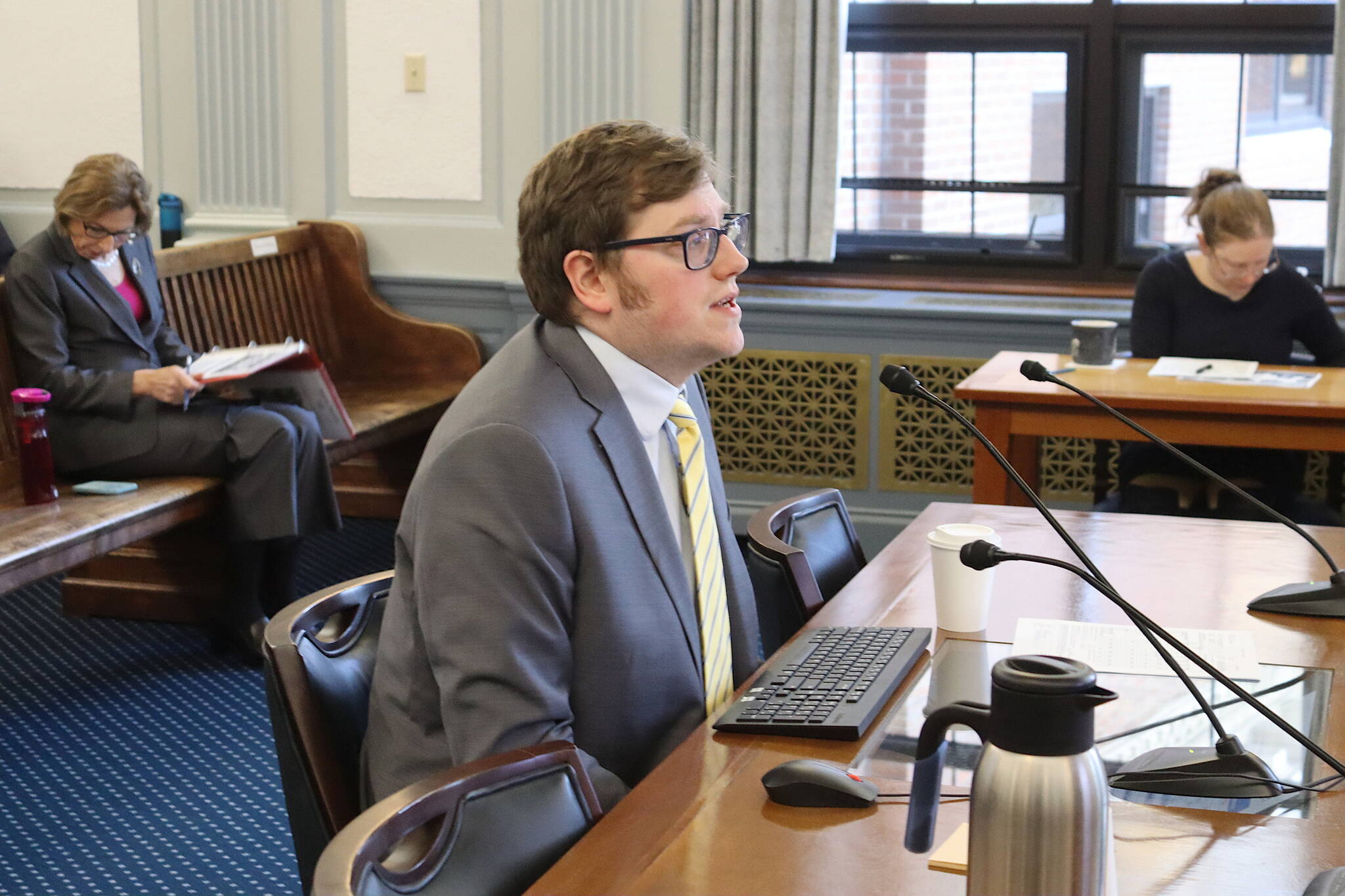A Permanent Fund dividend of about $1,535 and a $680 increase in per-student public school funding both appear possible in a balanced state budget for the coming year, although a long list of potential spending items and other uncertainties still need to be addressed, according to an updated analysis presented to legislators Thursday.
The PFD includes a $1,360 payment based on the same formula that resulted in last year’s $1,312 dividend, plus an “energy relief” payment legislators agreed to last year if oil prices this year exceed the official forecast of $73 a barrel. The updated fall revenue forecast projects an average price of $82.39, which equates to about a $175 supplemental payment, and the spring forecast scheduled for release March 15 is expected to be in that ballpark.
“Looking at oil prices and futures since then we’re tracking pretty closely to the fall forecasts,” Alaska’s Legislative Finance Division Director Alexei Painter told the Senate Finance Committee during a presentation of his analysis Thursday. “Still, if they did the forecast today it would probably be just slightly higher, but not hundreds of millions…so for now I think using the fall forecast is a pretty fair number to use.”
That means about $6.3 billion in revenue is available for the fiscal year starting July 1, Painter said. Gov. Mike Dunleavy is proposing a $7.3 billion budget that includes a “statutory” dividend of $3,513 (which would be $3,688 with the energy payment) and no increase in per-student education funding — and a $1 billion deficit that would have to be covered by tapping into the Constitutional Budget Reserve, which requires a three-quarters vote of the Legislature.
The Legislature on Monday passed a sweeping education bill that includes a $680 increase in the Base Student Allocation as well as other provisions with a total cost of $241 million — pushing the deficit past $1.2 billion if a $3,688 PFD is also paid. But Painter’s analysis shows the larger dividend would cost a total of $2.3 billion, while the $1,360 payment would cost $914 million, a difference of nearly $1.4 billion and a resulting surplus for the state.
Those numbers are similar to proposed budgets debated last year, which ended with the Legislature approving a PFD based on a so-called “75/25” formula that allocated the larger share of available Permanent Fund earnings to state spending and the smaller share to dividends — along with the provision for the possible “energy relief” payment this year. That budget also contained a $680 per-student increase and a small surplus, but Dunleavy vetoed half of the education funds and said this week he will veto this year’s bill unless additional legislation containing his education priorities is sent to him.
Among the many unknowns in next year’s budget are the amounts for infrastructure projects — with hundreds of millions of dollars in requests just for schools and the University of Alaska — emergency services and disaster funding, and pending bills to fund a range of things such as business tax credits and year-end teacher bonuses.
Sen. Bert Stedman, a Sitka Republican who co-chairs the Senate Finance Committee, said the surplus projected by Painter with a “75/25” dividend appears likely to vanish quickly if even a small portion of those unknowns, such as emergency services, are funded to the level of expected need.
“I guess we’ll have to make a list of all our expenditures and prioritize what we’re going to do,” he said.
• Contact Mark Sabbatini at mark.sabbatini@juneauempire.com or (907) 957-2306.

